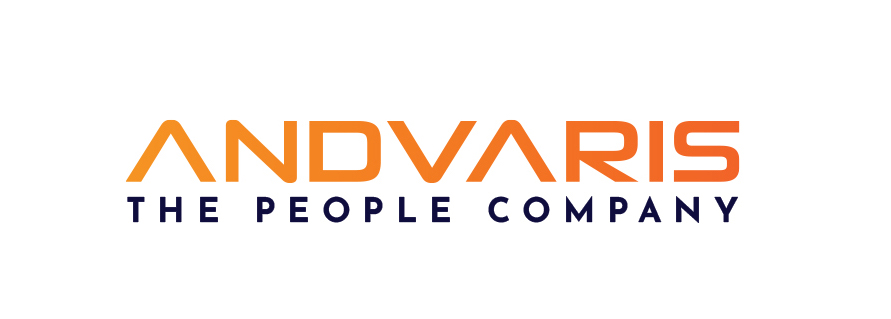The Employment Trends Index declined in March to a reading of 116.24, signaling a slight slowdown in the labor market. Five of the index’s eight components saw decreases, including the ratio of involuntarily part-time to all part-time workers, the number of employees hired by the temporary-help industry, industrial production, initial claims for unemployment insurance, and job openings.
Selcuk Eren, Senior Economist at The Conference Board, noted that overall, the economy is still adding jobs and wage growth remains steady. Though the Federal Reserve is expected to raise interest rates to control inflation, Eren warns that this could lead to job losses and rising unemployment in the second half of 2023 and early part of 2024.
The Employment Trends Index, which aggregates eight leading indicators of employment, is a useful tool for measuring the state of the job market. Despite the slight dip in March, the index remains high with minimal changes over the past year. This suggests a labor market that is still tight, with demand exceeding supply.
